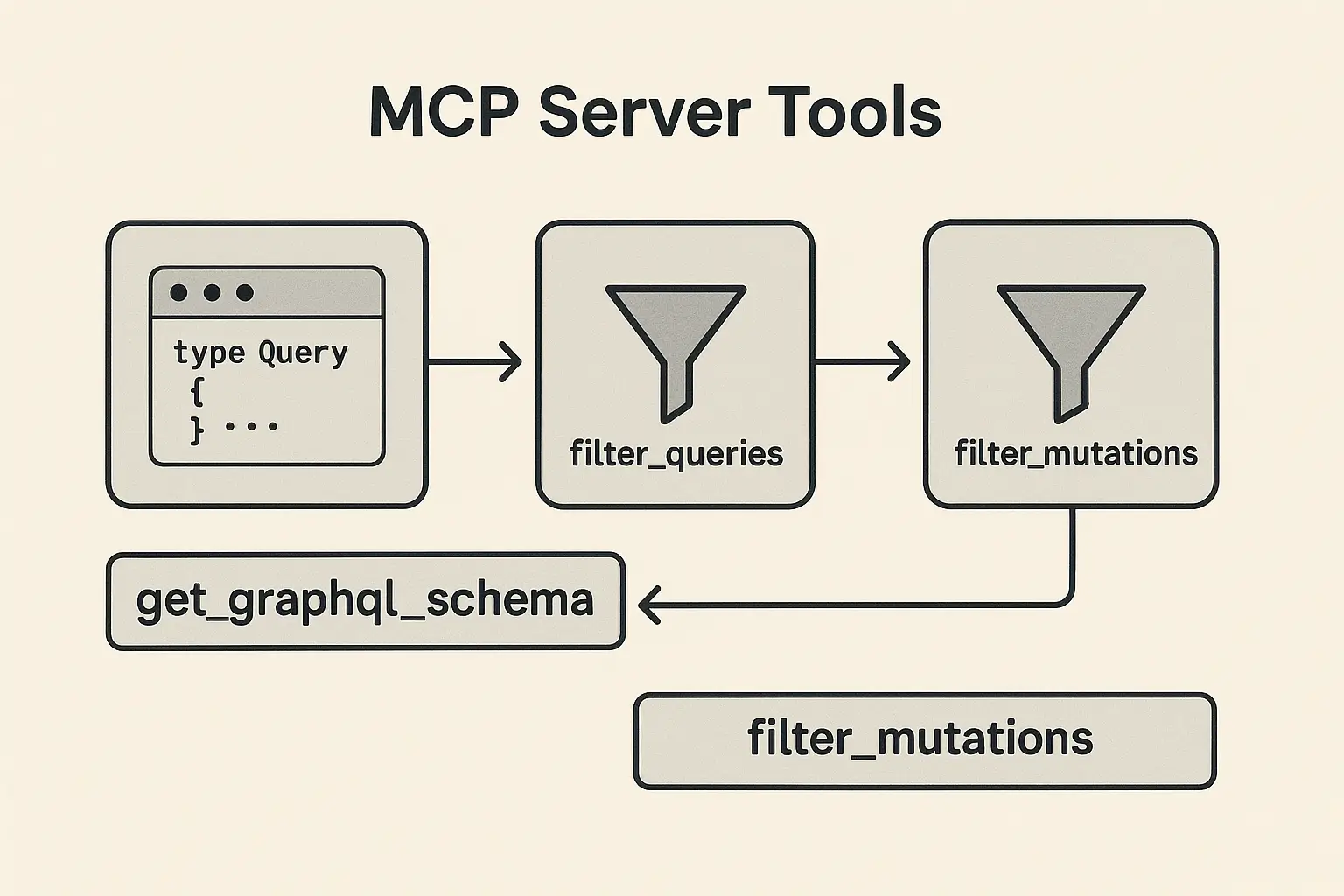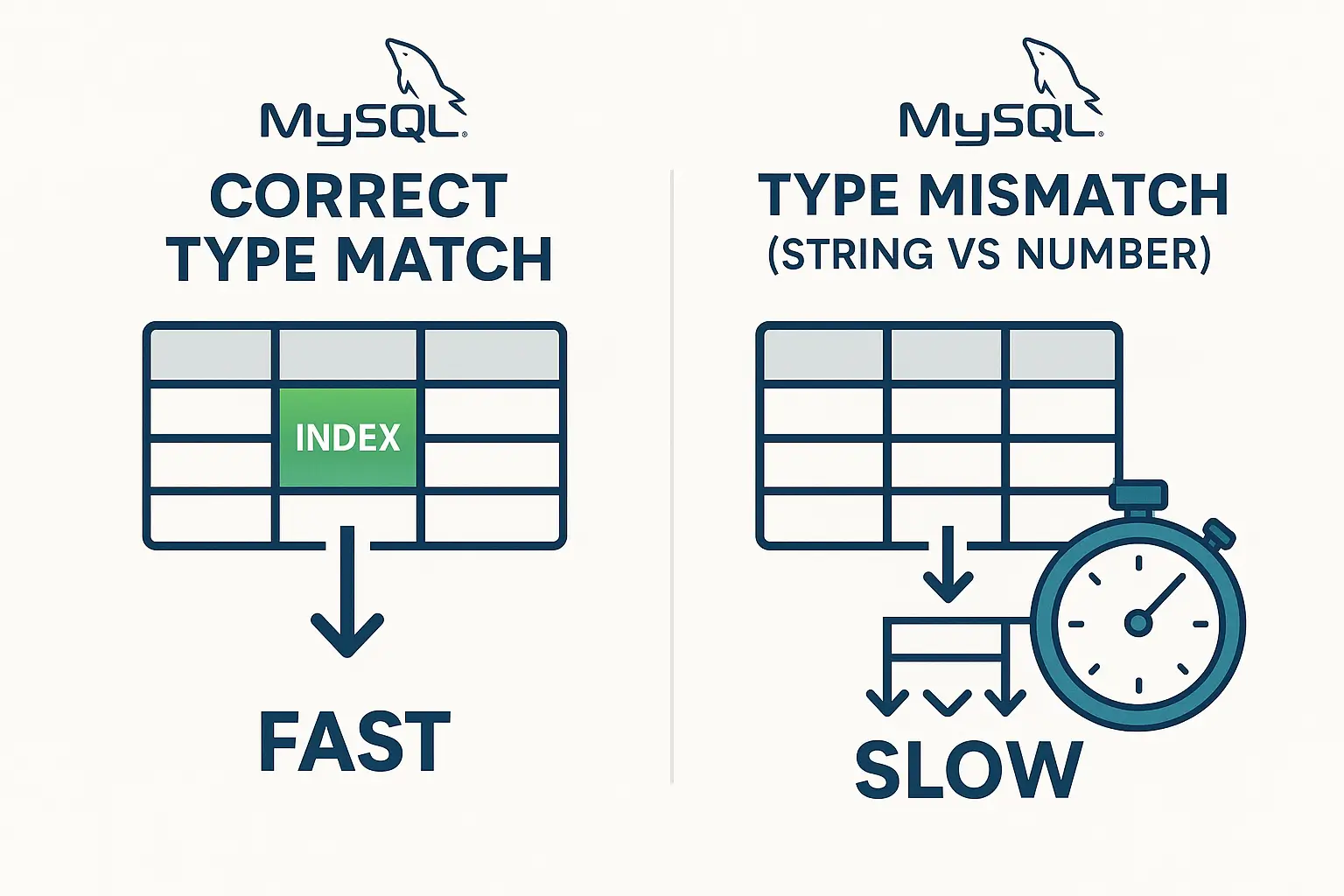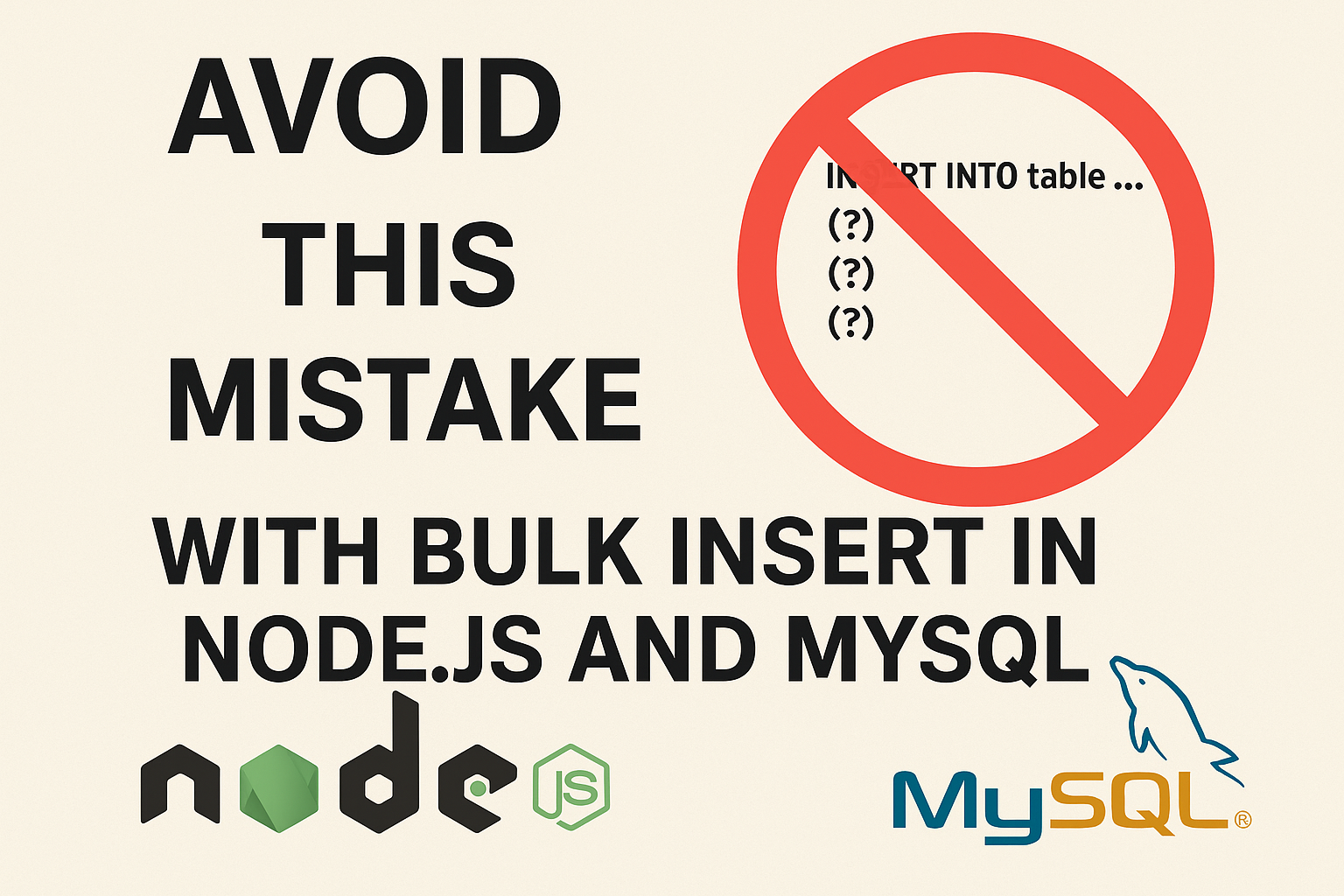What is Meta-Programming?
Meta-programming is a programming technique where code writes or manipulates other code. This means the program can treat code as data, allowing it to dynamically create, modify, or extend its behavior at runtime. Meta-programming is particularly powerful for tasks that require adaptability, such as automating repetitive code patterns, creating domain-specific languages, or building flexible frameworks.
Key Concepts in Meta-Programming
- Code Generation: Writing code that generates other code, often for reducing repetition or implementing complex patterns. Code generators are common in languages like Python and Ruby, where code templates can be created based on user inputs or configuration files.
- Reflection: The ability of a program to inspect its own structure, such as examining its classes, methods, or properties at runtime. Reflection is useful for introspection (e.g., determining what methods an object has) and dynamic invocation of methods.
- Macros: Code that expands into other code at compile-time (often seen in languages like Lisp or C). Macros allow developers to define reusable code snippets that can be substituted before the code compiles, which can improve efficiency or add custom language features.
- Intercession: The ability to modify or override the behavior of existing objects or methods. This technique is common in languages that support dynamic typing, such as Ruby, where you can redefine or “monkey patch” methods at runtime.
Meta-Programming in Action: Examples
- Ruby: Ruby has extensive meta-programming capabilities, such as defining methods dynamically, using
method_missingto intercept undefined method calls, and usingdefine_methodto create methods on the fly.
class DynamicMethods
def method_missing(name, *args)
puts "Method '#{name}' called with arguments: #{args.join(', ')}"
end
end
dyn = DynamicMethods.new
dyn.any_method(1, 2, 3) # Output: Method 'any_method' called with arguments: 1, 2, 3- Python: Python’s
getattr,setattr, and__getattr__methods allow you to intercept attribute access, while decorators add or alter functionality of existing functions dynamically.
class MyClass:
def __getattr__(self, name):
return f"{name} attribute is not defined"
obj = MyClass()
print(obj.undefined_attr) # Output: undefined_attr attribute is not definedUse Cases of Meta-Programming
- Code Reduction: Avoiding redundancy by dynamically generating repetitive code structures.
- Framework Development: Meta-programming helps in building flexible frameworks that developers can adapt to various needs, such as ORMs (Object-Relational Mappers) that automatically map database tables to classes.
- Domain-Specific Languages (DSLs): Meta-programming allows developers to create DSLs that simplify tasks by allowing users to write code in a language that’s closer to their specific problem domain.
Pros and Cons of Meta-Programming
Pros:
- Flexibility: Enables dynamic code modification, making applications adaptable.
- Code Reduction: Reduces boilerplate code by automating repetitive tasks.
- Powerful Abstractions: Simplifies complex tasks and supports framework development.
Cons:
- Complexity: Can make code harder to read, understand, and debug.
- Performance Overhead: Dynamic code execution can be slower, as it may require additional processing at runtime.
- Potential for Unexpected Behavior: Code that modifies itself or other parts of a program can introduce subtle bugs that are hard to trace.
Final Thoughts
Meta-programming is a powerful tool that, when used carefully, can save time and make code more adaptable and efficient. It’s especially useful in high-level languages like Ruby, Python, and Lisp, where dynamic code manipulation is more straightforward. However, due to its complexity, it’s best to apply meta-programming sparingly and with a clear understanding of the impact on readability and maintainability.





